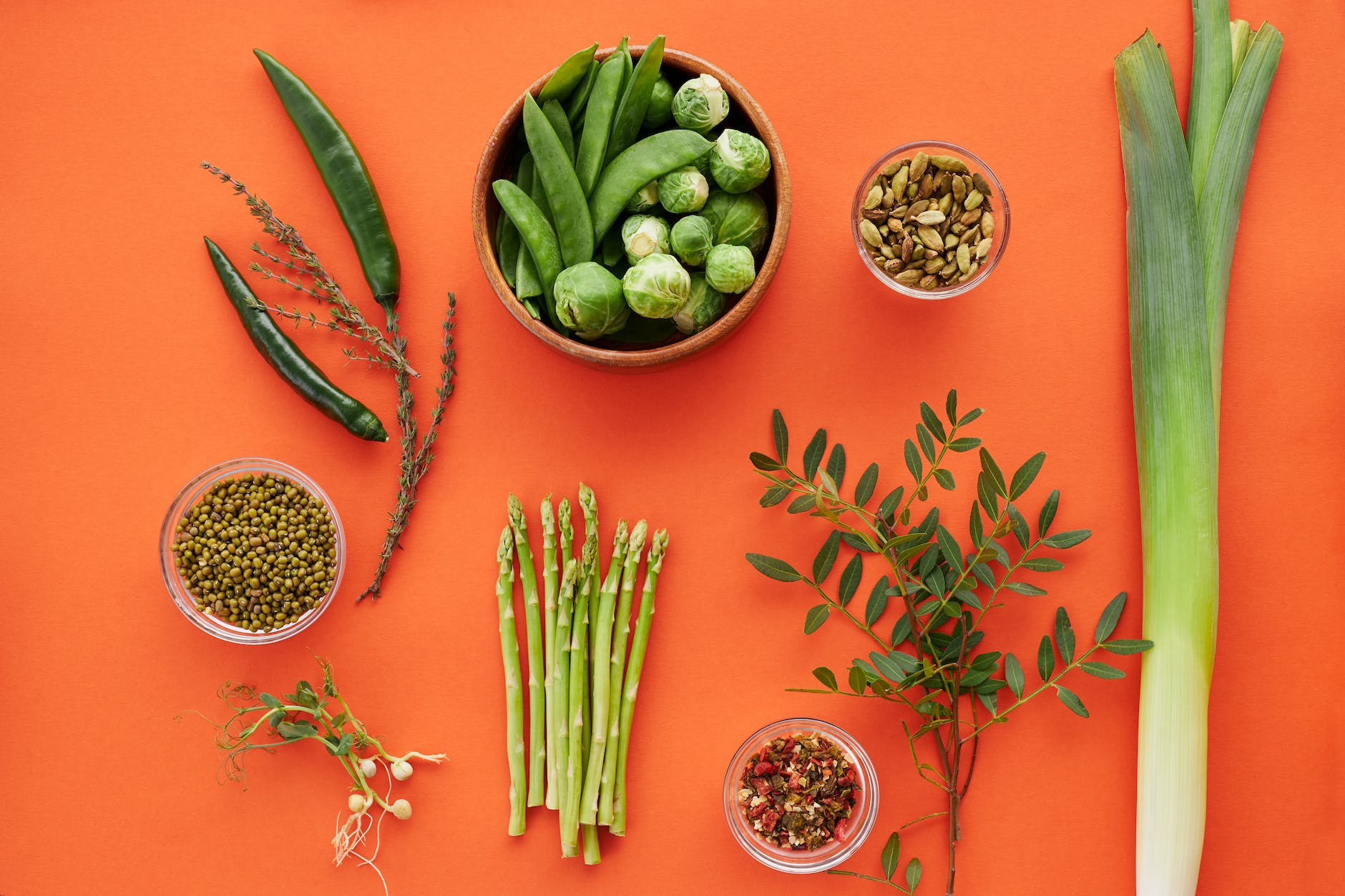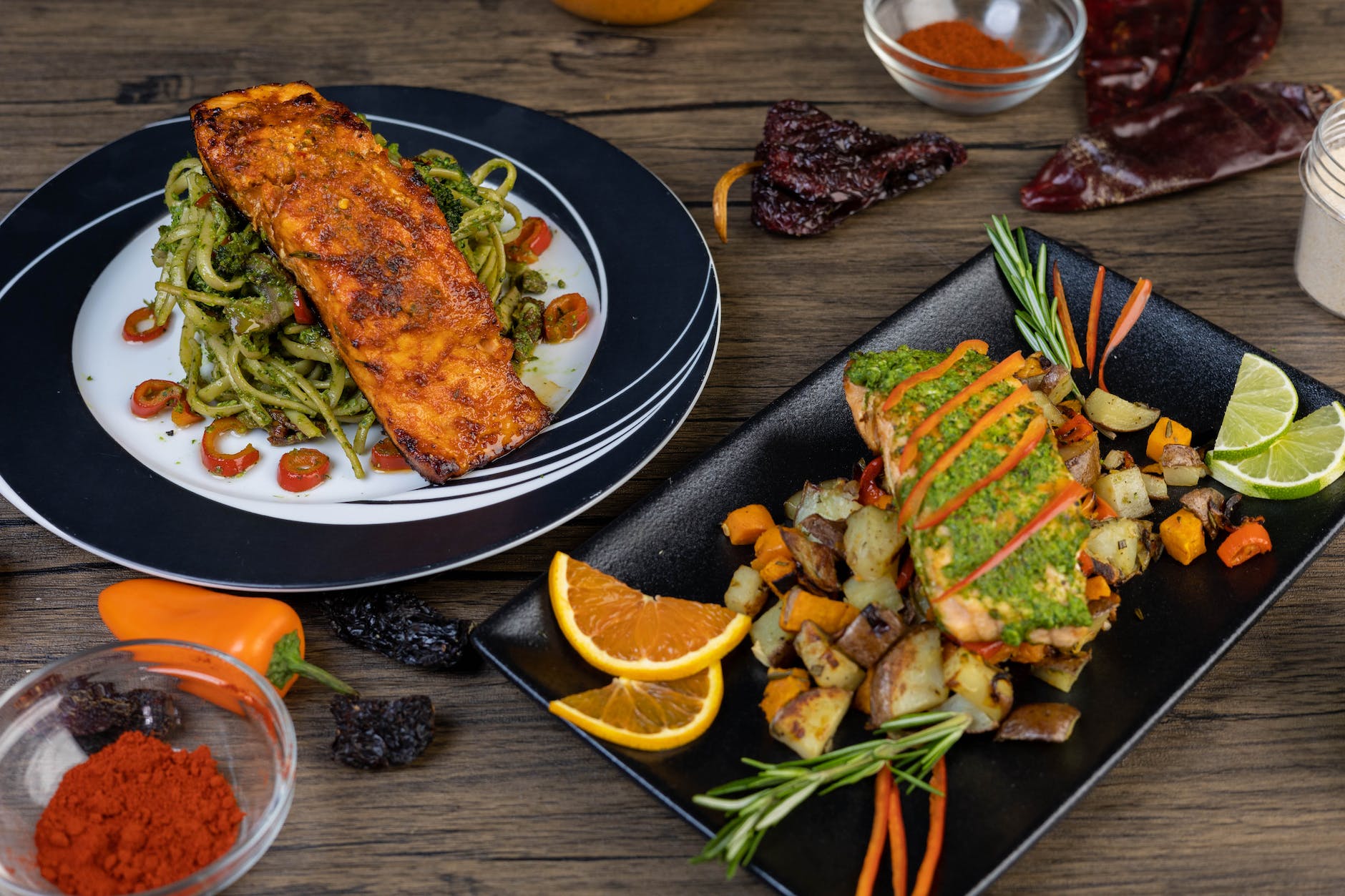This article discusses why antioxidants are beneficial to your health and what foods has most antioxidants.
Antioxidants protect your cellular health and overall well-being. They mitigate the damage caused by free radicals, which are molecules found in our environment that cause cellular stress. Antioxidants are abundant in colorful plant foods such as leafy greens, nuts, and berries.
Why Are Antioxidants Beneficial?
Every day, our cells are exposed to free radicals, which are unstable chemicals that our bodies make as a normal byproduct of metabolism. For example, after being exposed to environmental pollutants, certain meals, and ultraviolet light, our bodies produce free radicals. They cause oxidative stress, which is harmful to our cells and can cause disease and aging.
However, free radicals can also be advantageous to our health. For example, the immune system uses them to fight infections. The idea is to balance free radicals and antioxidants in the body so that both may accomplish their tasks without becoming detrimental.
Antioxidants work by transferring electrons to neutralize free radicals. This helps to turn free radicals “off” so they don’t harm our cells and DNA. Without antioxidants, free radicals would be lethal to human health.
A consistent supply of antioxidants through diet has been linked to lowering the risk of illnesses such as heart disease, cancer, and other morbidities.
What Exactly Are Free Radicals?
They are unstable molecules that can cause cellular damage, hence increasing disease and aging. They are formed as a byproduct of normal metabolism following adverse exposures to environmental pollutants and pollution, viruses, radon, asbestos, tobacco smoke, and UV light.
Antioxidant Types in Different Food Groups
Antioxidants are essential for maintaining and protecting our health. Plants, animals, and other living things with antioxidant defense mechanisms are all affected.
As a result, antioxidants are naturally present in many foods that you may currently consume. While antioxidants are mostly found in whole plant meals, there are certain animal-derived substances as well.
Some of the key forms of antioxidants and where they can be found in food are as follows:
Vitamin C is a water-soluble vitamin that functions as an antioxidant and has the ability to renew other antioxidants. Citrus fruits, broccoli, berries, tomatoes, potatoes, and bell peppers are high in vitamin C.
There are eight forms of vitamin E. The most active one in the human body is Vitamin E-tocopherol. It can be found in foods such as spinach, broccoli, almonds, sunflower seeds, and kiwi.

Lycopene is a fat-soluble antioxidant found in red and pink fruits and vegetables such as watermelon, tomatoes, pink grapefruit, and goji berries.
Selenium is an antioxidant mineral found in soil, where it is absorbed by plants as they grow. Brazil nuts are the most concentrated food source, but they can also be found in mushrooms, brown rice, and oats.
Beta-carotene is an antioxidant that your body converts into vitamin A. It can be found in foods that are orange, red, or green, such as carrots, spinach, kale, and melon.
The term “polyphenols” refers to antioxidant pigment groups such as anthocyanins, isoflavones, and flavanones. Foods like berries, leafy greens, apples, garbanzo beans, watermelon, oranges, and celery have tons of polyphenols.
Omega-3 fatty acids are Alpha-linoleic Acid (ALA), eicosapentaenoic Acid (EPA), and docosahexaenoic acid. Plant foods such as flaxseeds have an abundance of docosahexaenoic Acid (AHA), and a small quantity of it gets transformed into EPA and DHA in the body. Fish, like salmon and mackerel, are the finest direct providers of EPA and DHA. It can also be obtained from algae or fish oils.
Astaxanthin is a carotenoid and fat-soluble pigment found in marine life, such as wild-caught salmon, shrimp, and algae.
Antioxidants like Coenzyme Q10 (CoQ10) can be found in fatty fish, nuts, and meats.
This is not an entire list, but it emphasizes that eating a range of nutritious, minimally processed foods is the greatest way to incorporate antioxidants into your diet. Fruits, vegetables, nuts, seeds, legumes, and some seafood are the finest sources.
The Dangers of a Low-Antioxidant Diet
Eating a low-antioxidant diet can increase your risk of disease. Without antioxidants, your cells are more sensitive to free radical damage.
It has been discovered that diets high in saturated and trans fats, sodium, and added sugar but poor in fiber and low-antioxidants foods promote the development of chronic diseases.
According to research, eating this way has a negative impact on the colony of bacteria in your digestive tract, known as your gut microbiome. Inflammation is promoted by an unbalanced gut microbiome, increasing the risk of disease.
Antioxidants in Food versus Supplements
Supplemental antioxidants are also available and are frequently marketed as “ultra” or “high dose.” While the marketing may be appealing, more antioxidants aren’t necessarily preferable. Furthermore, there are no antioxidants that are superior to others. A combination is best.
Taking large doses of isolated antioxidants can be harmful to your health, with the risks outweighing the benefits. Megadoses can be hazardous and, in some situations, promote rather than prevent oxidation.
Glutathione (GSH), for example, is an antioxidant produced by your body. While it has anticancer properties, studies demonstrate that too much GSH promotes malignant tumor growth.

According to research, it is not the antioxidant itself that offers benefits but how it interacts with other components in whole meals to provide those benefits.
A tiny randomized controlled research discovered that, while both orange juice and sugar water contained the same amount of vitamin C, the orange juice provided much more antioxidant benefits.
Overall, eating antioxidant-rich foods is the best method to receive a range of antioxidants in the safest and most effective way.
Ideas for Antioxidant-Rich Meals
Consider the following suggestions for increasing antioxidants in your diet:
- Blueberry, spinach, kale, and flax seed smoothies
- Oatmeal with raspberries, chia seeds, and cinnamon on top
- A mixed green salad includes kale, spinach, and arugula, as well as red cabbage, strawberries, nuts, and beans.
- Grilled salmon on quinoa with roasted beets and artichokes
- Stuffed baked sweet potatoes with black beans, salsa, avocado pieces, and cheese
- Muffins with bananas, blueberries, walnuts, chia seeds, and cinnamon
- Tofu, mushrooms, bell peppers, broccoli, and onions breakfast scramble
- White bean soup with vegetables and garlic
- Soup with peanuts, quinoa, and spinach
- Sandwich with avocado, leafy greens, and hummus in a tortilla wrap
Consuming fruits, vegetables, legumes, nuts, seeds, and certain seafood is the greatest method to gain the benefits of dietary antioxidants. Consider what you eat for breakfast, lunch, and dinner, and find some areas where you might add more antioxidant-rich foods on a daily basis.
To Conclude
Antioxidants aid in the prevention of disease and the consequences of aging. While your body produces some antioxidants, it is critical to include them in your diet on a regular basis. They can be found in nuts, seeds, vegetables, fruits, legumes, and some seafood, such as salmon.
It’s preferable to receive your antioxidants from minimally processed foods rather than high-dose antioxidant supplements, which can be harmful to your health. You undoubtedly already consume antioxidants and can easily incorporate more into your meals and snacks.
